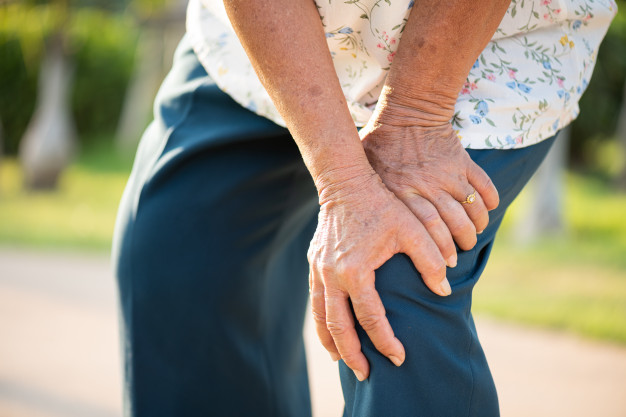Rheumatoid arthritis is a progressive autoimmune condition that can damage joints over time. Treatment helps, but there are simple techniques you can use in everyday life to take pressure off joints and help prevent long-term damage.
“People don’t have to be struggling,” says April Davis, an occupational therapist at NYU Langone’s Center for Musculoskeletal Care in New York City. “It’s just a matter of changing how they do things.”
Here are small changes that could bring big gains in long-term joint protection.
Slide, don’t lift, heavy objects
It’s not only safer, but probably easier to move a five-pound bag of potatoes or three-gallon pot of water by sliding it across the counter rather than lifting it. In fact, it’s a good idea in general to avoid heavy lifting, pushing and pulling if you have RA as these can put undue stress on joints that are already vulnerable, says Jane McCabe, an occupational therapist in Laguna Hills, Calif.
Choose the biggest and strongest joint for the job
“The smallest joints are the most vulnerable to damage and deformity,” explains McCabe. “Transferring pressure to larger muscle groups protects those smaller ones.” This means using a purse with a shoulder strap instead of a clutch purse that might strain your fingers. You can also protect your hand joints by looping a grocery bag over your forearm or cradling it against your body instead of carrying it in your hand. And use your shoulder to open a door rather than your hand.
Use two hands instead of one
Two-thirds of people with rheumatoid arthritis have problems with their hands and wrists. Minimize stress on these areas by using two hands instead of one to pick up a gallon of milk or pitcher of water. This will distribute the weight more evenly, says Davis, who is also a certified hand therapist.
Re-organize shelves and drawers
When arranging storage space, place the objects that you use most often at the waist level and close to the front, advises Davis. This eliminates having to reach up or bend low to grab things, both activities which can place stress on joints, including your back, knees, and hips.
Take advantage of assistive devices
An assistive device can be as simple as needle-nose pliers to pull cotton out of medicine bottles or automatic can and jar openers to save your hands. Long shoe horns or long-handled bath sponges will reduce stress on shoulders. And, in general, products such as pens and toothbrushes with bigger grips are easier for people with rheumatoid arthritis to use. “The bigger the grip the less stressful on the joints of your hands,” says Davis.
Hold books in the palm of your hands
This avoids possible overuse of fragile finger muscles. You could also use a bookstand or prop the latest Nora Roberts novel on a tabletop rather than holding it at all. By the same token, turning the pages with a pencil eraser rather than your fingers will reduce wear and tear on this joint, says McCabe.
Ease out of a chair with an open palm
Or use your thigh muscles, but avoid pushing up from the back of your fingers in a clenched fist. “That puts a lot of pressure on the joints,” says McCabe. Chairs with arms are also easier to get out of, as are higher seats, such as raised shower seats. If you don’t want to invest in special chairs, use cushions to raise the height. And make sure your weight is planted evenly over your feet before going from a sitting to standing position.
Buy light-weight products and appliances
Whenever possible, go lighter: Choose light-weight aluminum pots and pans instead of cast iron, and select the lightest-weight product you can for the task at hand, whether it’s an iron, a vacuum cleaner, or just about anything.
Adapt clothing and jewelry
Repeatedly trying to manipulate tiny buttons on clothing or lobster clasps on jewelry may not be in the best long-term interest of your joints. Choose clothing with larger buttons or alter the clothing you already have. Change miniscule buttons to snaps or even Velcro. Use elastic laces in your shoes. Add large rings to zipper pulls. Magnetic clasps on earrings and other jewelry enable you to pull the pieces apart without a lot of pressure, says McCabe.
Dress and undress carefully
Dressing can still be difficult even without delicate buttons and fiddly clasps, but certain motions can help things along. If you’re pulling a garment over your head, put your arms in front of you, push the sleeves up past the elbows then flip the neck hole over your head, McCabe instructs. To undress, don’t struggle to pull one arm at a time out of a slipover. Instead, reach one arm around to the neck hole at the back of the head and pull the shirt straightforward and over your head.
Source: health.com







